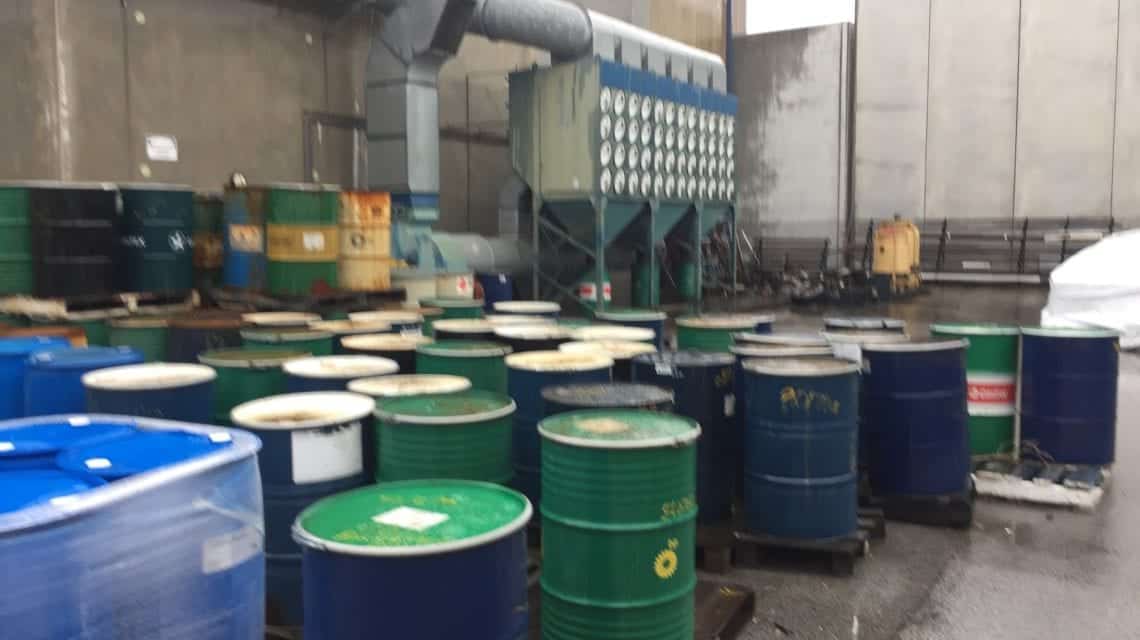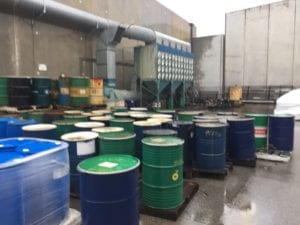
AS1940 is a national standard implemented to provide a guide for the safe storage and handling of flammable and combustible liquids which minimises the occurrence of spills and leakages. The contents of the standard was covered in a number of different Australian Standards from 1942 to 2004, and was created as a new standard of its own in 2004 (AS1940-2004).
Following over ten years of use in Australia, AS1940-2004 required some updates to allow the introduction of new terminology, alignment of international and Australian chemical categories and the application of new safety standards from developments in industry practice. AS1940-2017 was created to include these updates, and a brief summary of the updates is provided below.
- GHS Category Introduction: Classification of chemicals is now provided in both the Globally Harmonised System of Classification and Labelling of Chemicals (GHS) and Australian Dangerous Goods (ADG) code, where it was previously provided in only ADG Code. Additionally, the upper flashpoint threshold of ADG Code C1 combustible liquid category was changed from 150˚C to 93˚C to be in line with the GHS Flammable Category 4. Liquids with a flash point of 93 to 150˚C are now C2 combustible liquids under the ADG Code.
- Terminology: Safety Data Sheet (SDS) terminology in AS1940-2017 is now in line with the Work Health & Safety Act legislation.
- Plastic Tanks: Polyethylene and other composite materials can now be used to store combustible liquids in minor storage quantities (10,000 L limit, must have static and venting provisions, must not be stored on construction sites, must be stored outside with 15 m clearance and bund must not be made of combustible material).
- Fire protection: Updates to the location and quantity triggers for fire hydrants and hoses reels. Significant changes include: all outdoor storage tanks of any size (containing flammable or C1 combustible fluid) and all indoor storage tanks of any size that are not in a tank chamber must have a fire hydrant system, and hydrants can no longer be used for cooling water.
- Bunds and spill management: Updates to bund materials and capacities, including a bund capacity that has increased to 110% of the volume of the largest tank or 25% of the total volume stored in all tanks (whichever is greater).
- Liquid levels in tanks: New definitions for normal fill level, tank capacity and tank rated capacity, and a new Safe Fill Level of 95% of the tank capacity. New provisions for high-level alarms for above ground tanks for flammable liquids over 5,000 L, underground tanks and vertical tanks.
- IBC storage: IBCs are now subject to Section 5 (Storage in Tanks) of AS1940 when they are used as storage tanks.
iEnvi have completed numerous site inspections to evaluate compliance with AS1940-2017 and have provided efficient and cost-effective recommendations to assist clients in achieving best practice for flammable and combustible liquid storage and handling. The updated AS1940-2017 is a detailed guide for storage and handling of flammable and combustible liquids that our Environmental Consultants have experience with.
Compliance with AS1940-2017 is not legally required in all Australian states, however, we encourage clients to achieve compliance with the standard to help minimise the risk of a spill or leakage that would harm onsite workers and customers and the surrounding environment. Compliance with the AS1940-2017 also provides a due diligence defence in the event of a major spill or leakage with consequences to human health or the surrounding environment.
If you need environmental management and compliance advice for storage and processing of chemicals and fuels at your facility, contact an expert iEnvi by emailing [email protected]
RECENT PROJECTS
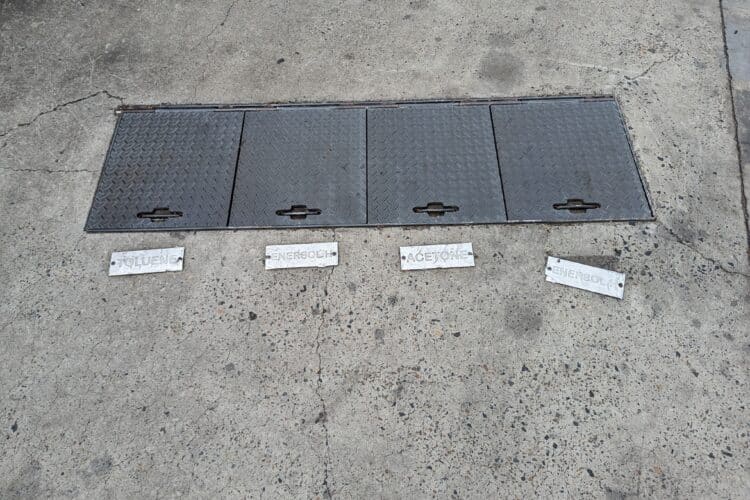
Environmental Delineation Investigation at Industrial Site in Northwest Sydney
Project Overview: iEnvironmental Australia (iEnvi) conducted a Delineation Investigation (DI) at anindustrial site located in the northwest of Sydney, following...
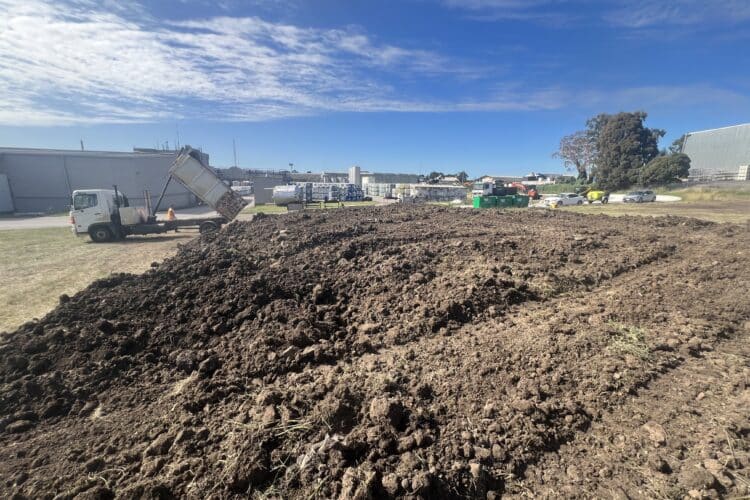
Compliance Investigation &Cost-Effective Remediation and Beneficial Reuse of Asbestos-Impacted Soil at Industrial Site in Victoria
The Victorian EPA requested an investigation at an industrial site in Coolaroo to meet General Environmental Duty requirements. iEnvironmental Australia...
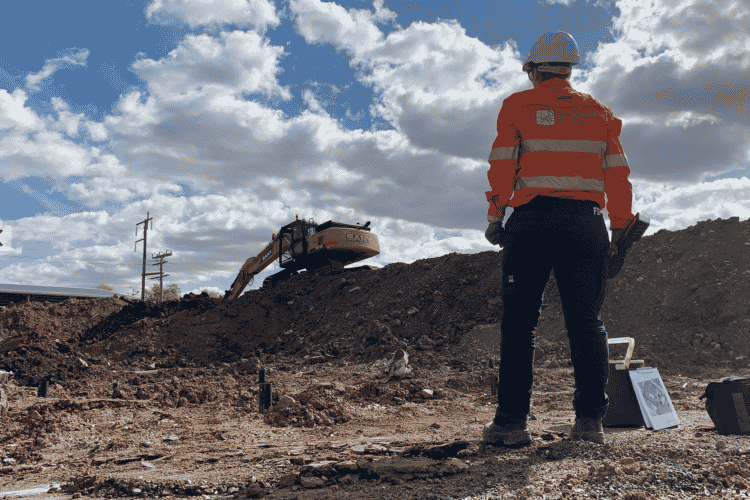
iEnvi's 100 Contaminated Land Experts in 2022!
iEnvironmental Australia's growth in the market means that we're looking at expanding our network of sub-consultants (independent contractors), with a...

Major NSW Infrastructure Project, Environmental Sampling and Waste Classification
iEnvironmental Australia (iEnvi) was engaged by Transport for NSW (TfNSW) to provide waste classification and beneficial reuse assessment near the...
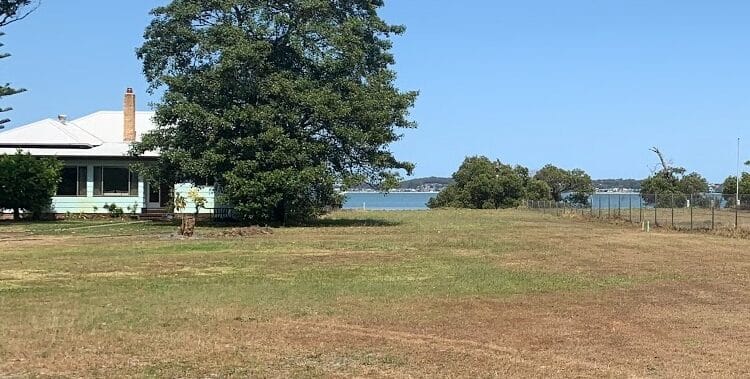
Former Oyster Farm Investigation for Residential Development
iEnvi was engaged by the client to complete a Targeted Soil Assessment relating the footprint of a shed previously located...
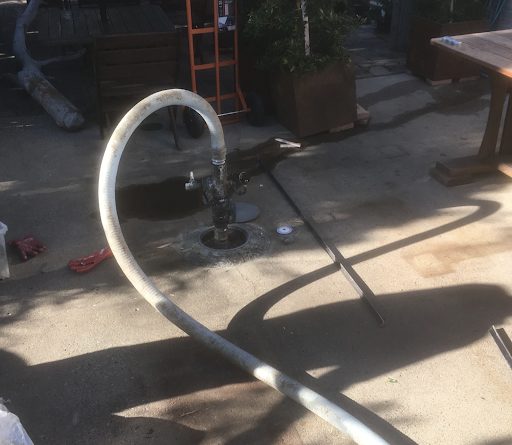
UPSS Abandonment Insitu Via Foam Filling, Sunshine Coast QLD
iEnvi was engaged by a local restaurant owner to manage the decommissioning and abandonment of three underground storage tanks (USTs)...
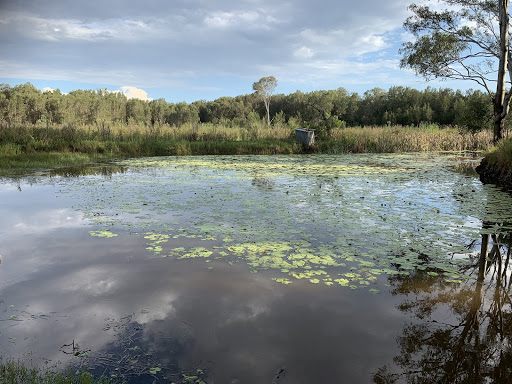
Construction Environmental Management Plan for a Sports Complex, South East QLD
iEnvi were engaged by an engineering firm on behalf of a regional council to undertake a Construction Environmental Management Plan...

Microbiologically Influenced Corrosion Preliminary Study, Mornington Peninsula VIC
Microbiologically Influenced Corrosion (MIC) is a term that refers to the change (either acceleration or inhibition) in corrosion caused by...
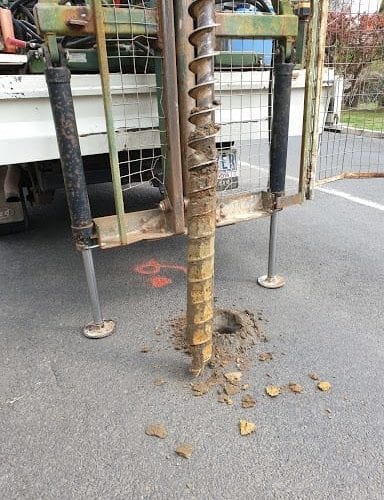
Waste Classification and ENM Assessment, Southern Highlands NSW
iEnvi was engaged by a local council in the Southern Highlands to conduct an insitu Waste Classification (WC) and...
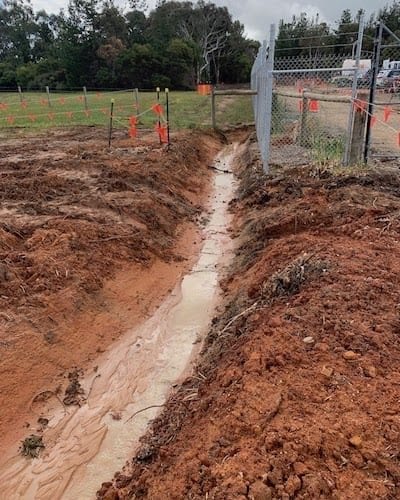
Erosion Sediment Control Plan (ESCP), Mornington Peninsula, VIC
Envi was engaged by a construction company to review and update the erosion sediment control plan (ESCP) as part of...
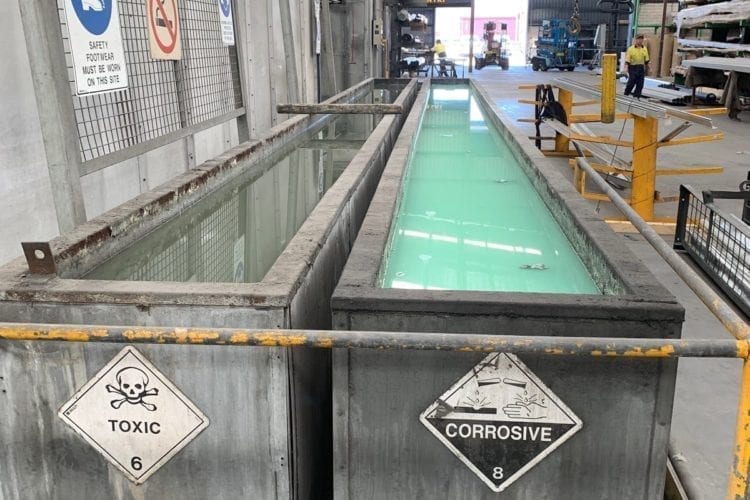
Urgent Preliminary Site Investigations for M&A, Multiple Sites QLD, NSW, SA
iEnvi was engaged by a law firm on behalf of a confidential client as part of merger and acquisition...
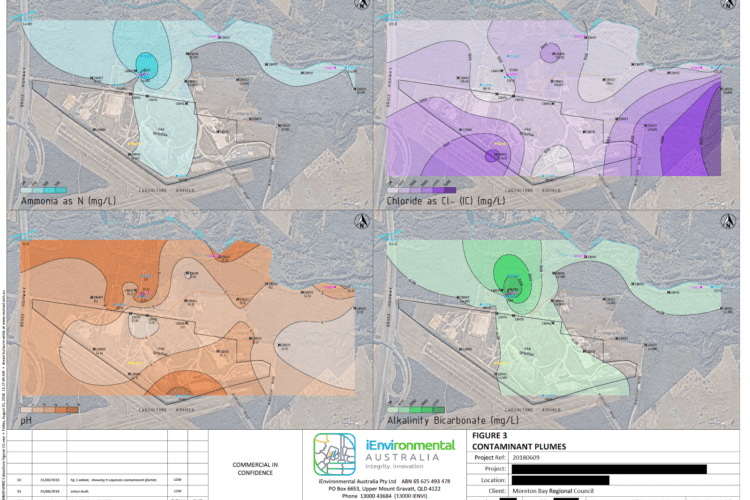
Groundwater and Hydrogeological Investigation of 5 Landfills, QLD
iEnvi was engaged by a Council north of Brisbane, QLD, to review environmental authority (EA) compliance, groundwater trends and risks...
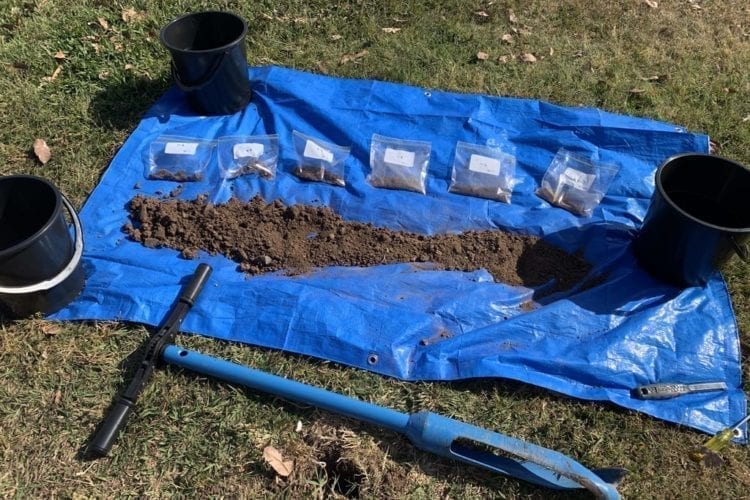
Targeted Soil Investigation and Insitu Waste Classification, Brisbane, QLD
iEnvi was engaged by a large construction company to conduct Targeted Soil Investigations and Insitu Waste Classifications (TSI/WC) in advance...
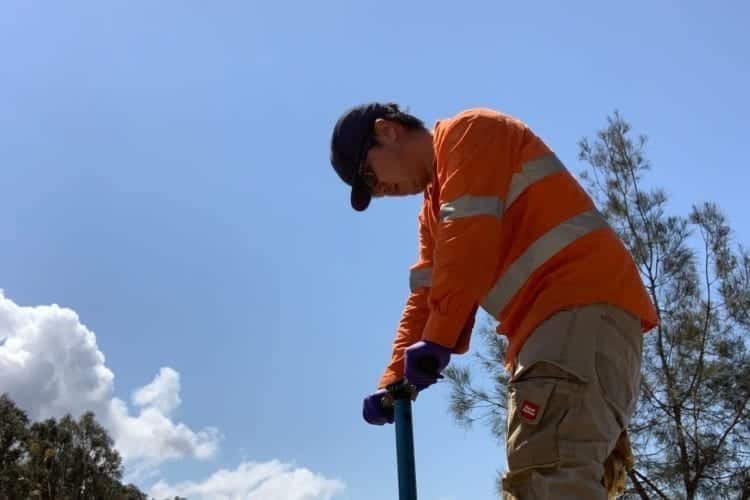
Targeted Soil Investigation, North of Brisbane, QLD
iEnvi was engaged to conduct a Targeted Soil Investigation (TSI) to delineate historical lead from a former rifle range, for...
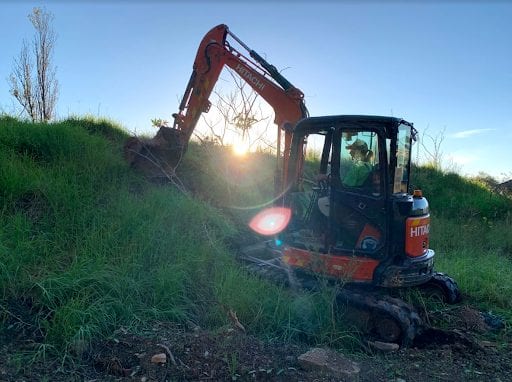
Soil Stockpile Reuse Investigation, Sydney NSW
iEnvi was engaged by an inner western Sydney Council to undertake a soil stockpile reuse investigation at a vacant property....
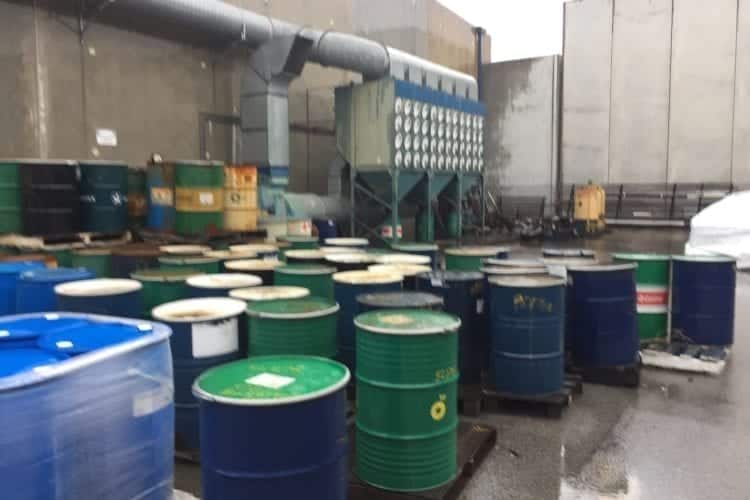
Preliminary Site Investigations for Potential Acquisition, VIC and WA
iEnvi was engaged by an international manufacturing company to undertake preliminary site investigations at two coatings manufacturing facilities in Victoria...
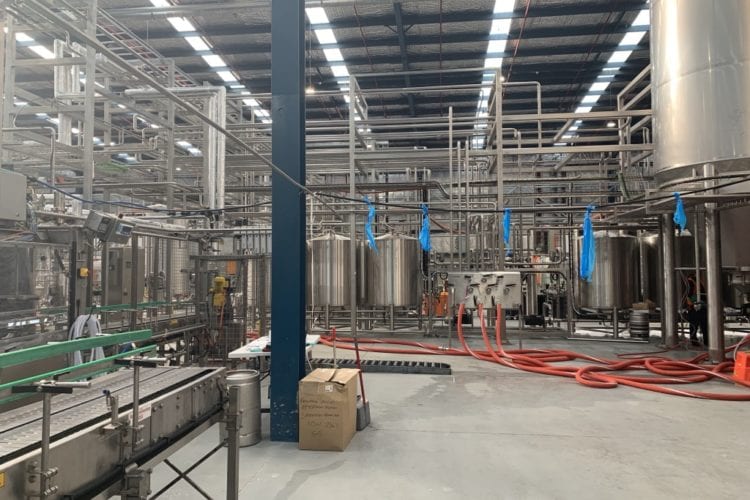
Environmental Management Plan for a Brewery and Wastewater Treatment Plant, Goulburn NSW
iEnvi was engaged by a brewing company to complete an Operational Environmental Management Plan (OEMP) for a new brewery...
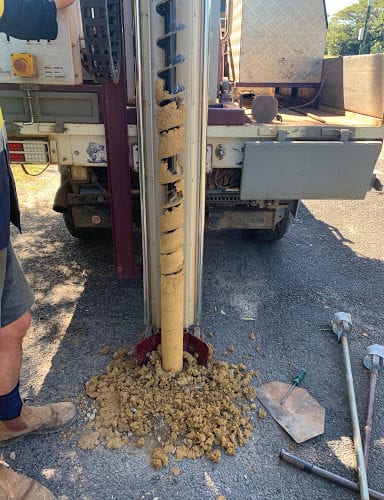
UPSS and Detailed Site Investigation for a Rural Service Station in Far North Queensland
iEnvi was engaged by a company to complete an Underground Petroleum Storage System (UPSS) and Detailed Site Investigation (DSI) for...
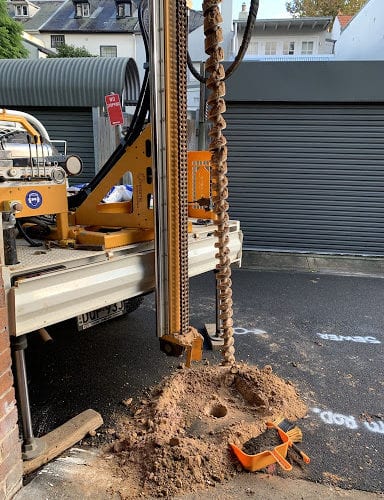
Law firm engagement for Preliminary and Detailed Site Investigation of Former Service Station, Inner Sydney NSW
iEnvi was engaged by a law firm to complete a preliminary site investigation (PSI) and underground petroleum storage system (UPSS)...
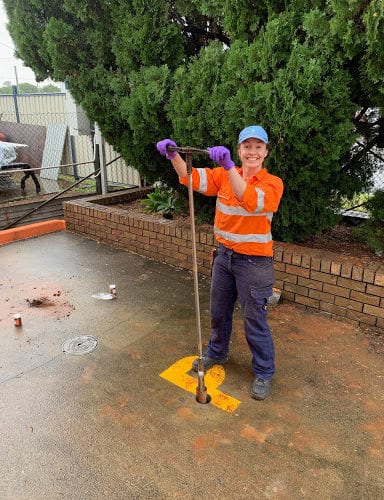
Preliminary Site Investigation of a mechanic workshop for finance approval, Wynnum QLD
iEnvi was engaged by a private company wishing to purchase a mechanic workshop in Wynnum, Queensland and a preliminary site...
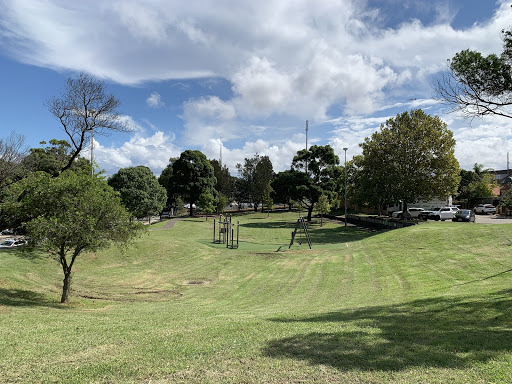
Innovative and cost-effective soil investigation, Sydney NSW
In early 2019, iEnvi completed multiple preliminary site and soil investigations at recreational use parks in inner Sydney suburbs prior...
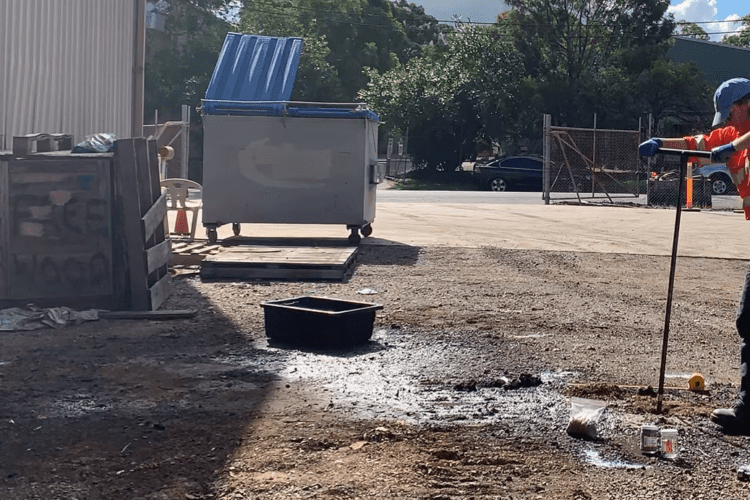
Cost Efficient Remediation for Hydrocarbon Contamination, Newcastle and Wollongong, NSW
iEnvi was engaged by a client’s legal department as part of a merger and acquisition due diligence to undertake preliminary...
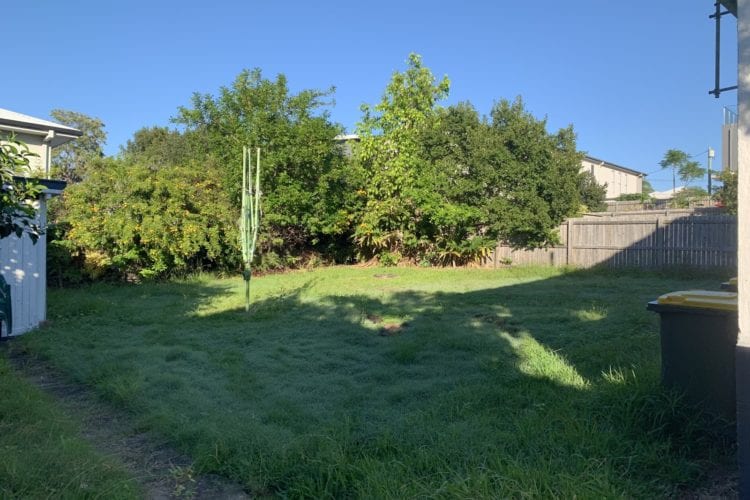
Soil Investigation and Potential Soil Reuse, Brisbane QLD
iEnvi was engaged by a childcare centre development company to undertake soil sampling at a residential site prior to the...
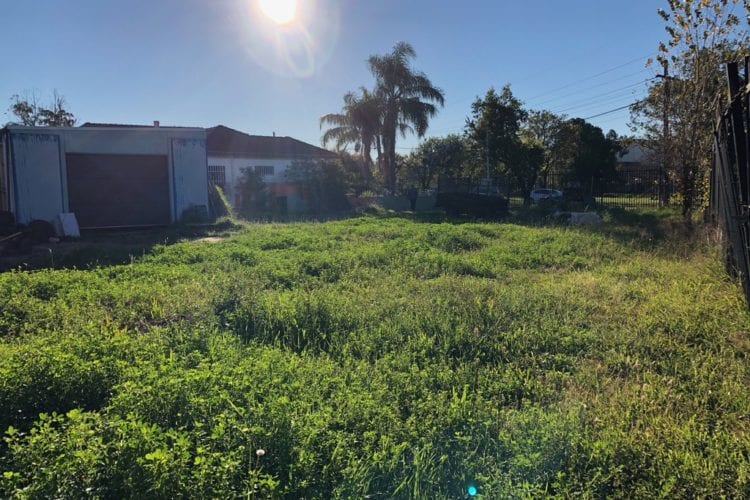
Housing Development Application, Sydney NSW
iEnvi was engaged by a client to undertake a preliminary site investigation and soil sampling (PSI) at a property in...

